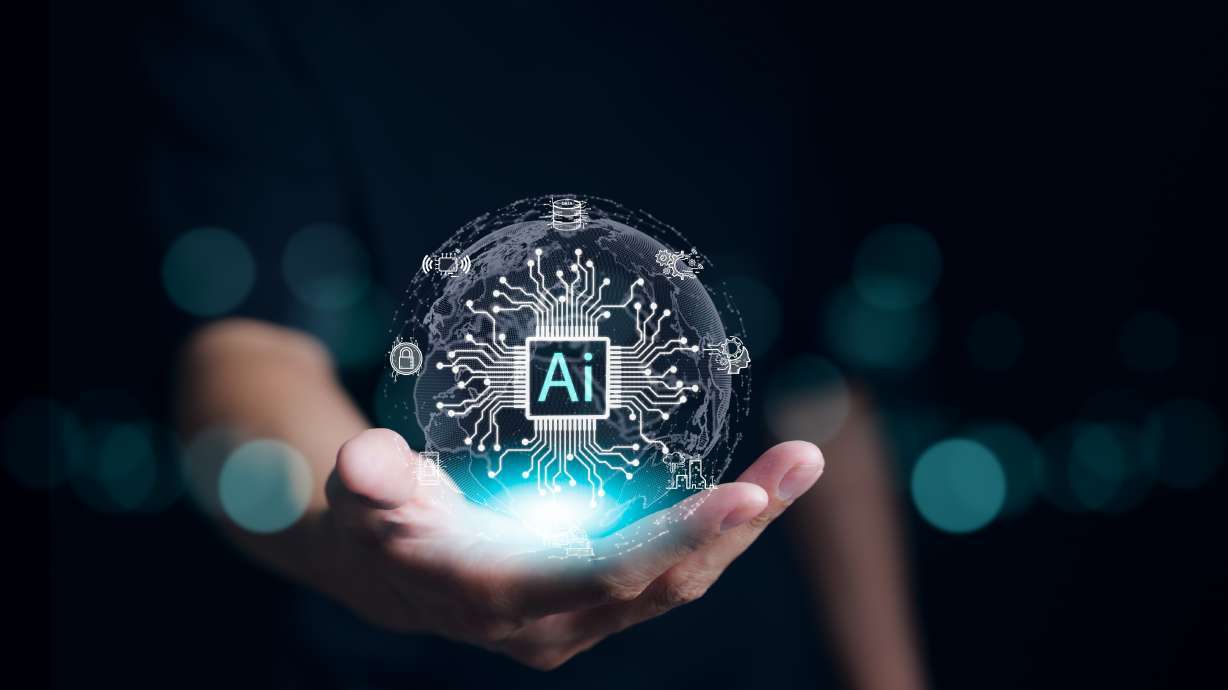
A new study conducted by researchers at Brigham Young University (BYU) has explored the reasons behind widespread public hesitation in embracing artificial intelligence (AI). The findings reveal that despite the increasing integration of AI in everyday life—from virtual assistants to machine learning algorithms in healthcare and finance—many individuals remain cautious and even skeptical about its use.
The study identified several core concerns among those reluctant to adopt AI technologies. Primary among them is a lack of trust in the results produced by AI systems. Participants expressed uncertainty over the reliability and accuracy of AI-generated outcomes, particularly when these systems operate as ‘black boxes’ with limited transparency about how decisions are made.
Another significant theme was the perceived loss of the ‘human touch.’ Many individuals felt that the absence of human interaction in AI-enabled environments, such as automated customer service or algorithm-driven medical advice, made the experience feel impersonal or disconnected. This sentiment highlights a continued preference for human empathy and judgment in areas where emotional intelligence plays a crucial role.
Ethical concerns also featured prominently in the findings. Participants questioned whether it was morally acceptable to rely on AI, especially in sensitive areas like job recruitment, legal decisions, or healthcare. Fears about privacy, data misuse, and the potential for algorithmic bias were frequently cited as reasons for hesitation.
Lead researchers at BYU suggest that improved education about how AI functions, coupled with greater transparency from companies developing AI solutions, could help bridge the trust gap. They also emphasize the importance of incorporating ethical guidelines and maintaining human oversight in AI deployment to ensure the technology is used responsibly.
Overall, the study provides important insights for developers, policymakers, and educators who aim to foster responsible and inclusive AI adoption. As artificial intelligence continues to evolve, addressing these concerns will be critical to ensuring its benefits are accessible and trusted by the broader public.
Source: https:// – Courtesy of the original publisher.








